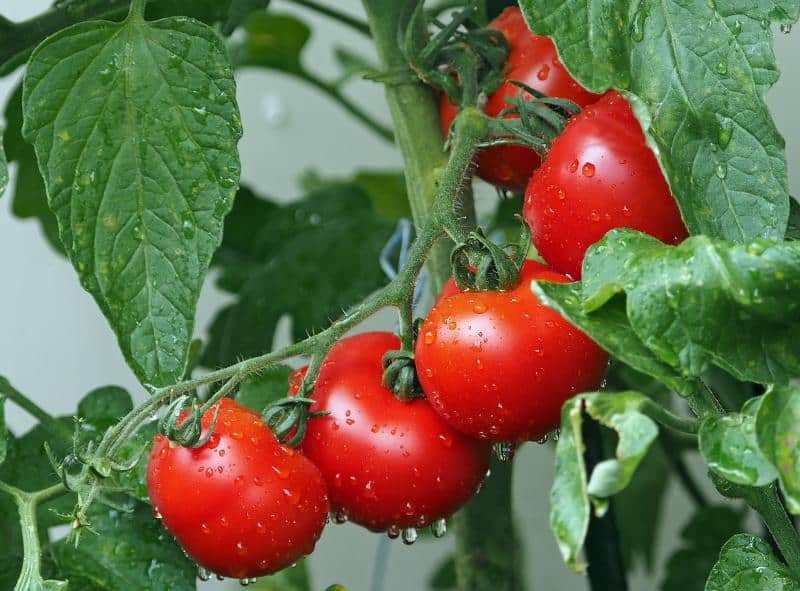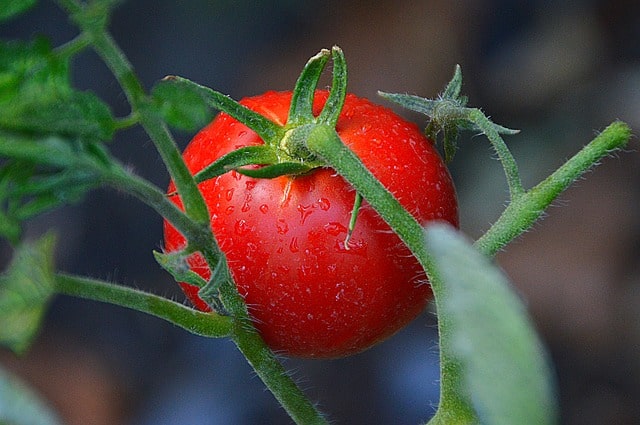If you’re interested in harvesting and saving tomato seeds, this guide provides everything you need to know.
Why Save Tomato Seeds?

Saving tomato seeds can be beneficial for several reasons:
Cost Efficiency: Once you’ve purchased your initial seeds, you can continue growing the same variety year after year at no extra cost.
Adaptation: Over time, saving seeds from your best-performing plants can help create a strain that is better adapted to your local growing conditions.
Preservation of Varieties: Many heirloom varieties are at risk of disappearing. By saving their seeds, you contribute to keeping these diverse species alive.
Quality Control: You can ensure that the seeds you save are from healthy, vigorous plants, giving you a head start on the next season’s crop.
When to Harvest Tomato Seeds
The best time to harvest seeds is when your tomatoes are fully ripe. This is usually when they have developed their full color and have softened slightly. For the best results, wait until your tomatoes are perfectly ripe on the vine, as this ensures the seeds have developed fully.
Step-by-Step Guide to Harvesting Tomato Seeds
1. Select Healthy Tomatoes
Choose tomatoes that are free from disease and have the characteristics you want to reproduce. For instance, if you enjoy the taste, size, or other traits of a particular tomato, this is a great candidate for seed saving. Always choose fully ripe tomatoes.
2. Cut and Scoop
Using a clean knife, cut the tomato in half horizontally. Use a spoon to scoop out the seeds and gel surrounding them. You’ll want to get as many seeds as you can from the fleshy parts of the tomato.
3. Ferment the Seeds
Tomato seeds often have a jelly-like coating that can inhibit germination. To help with this, fermenting the seeds can be beneficial. Place the collected seeds and pulp into a jar and add just enough water to cover the mixture. Seal the jar with a lid (not completely airtight) and leave it at room temperature for about 2-3 days. You may notice a film forming on the surface – that’s a good sign that fermentation is occurring.
4. Clean the Seeds
After fermentation, pour the mixture into a fine mesh strainer or sieve. Rinse the seeds under cool water, using your fingers to help separate the seeds from any remaining pulp. The seeds should be mostly clean at this point.
5. Dry the Seeds
Lay the cleaned seeds out in a single layer on a paper towel or plate. Place them in a cool, dry space away from direct sunlight. Let the seeds dry for about a week. Make sure they’re completely dry before storing, as residual moisture can lead to mold.
6. Store the Seeds
Once the seeds are completely dry, transfer them to a paper envelope, labeled with the variety, date, and any other relevant information. For long-term storage, keep the envelopes in an airtight container and store them in a cool, dark place. A refrigerator or a dark closet works well.
7. Test Germination (Optional)
Before planting your saved seeds in the next season, you can perform a germination test. Place a few seeds on a damp paper towel and keep them in a warm spot. Check after a week to see how many have sprouted. This will give you an idea of the viability of your saved seeds.
Tips for Successful Seed Saving
Choose Heirloom Varieties: If you’re saving seeds for the first time, begin with heirloom tomato varieties. They produce true-to-type seeds, whereas hybrid varieties may produce unpredictable results.
Label Everything: Being organized is key. Label your envelopes as clearly as possible, so you know what you’re planting when the new season arrives.
Practice Patience: Seed saving is a skill that gets easier with time. Don’t be discouraged if your first attempts don’t yield perfect results.
Conclusion
Harvesting and saving tomato seeds is not just a practical gardening skill; it’s a way to connect with nature and history. Each seed you save is a small step towards sustainability and independence in your gardening practices. By following these straightforward steps and tips, you’ll be well on your way to ensuring bountiful tomato crops for years to come. So get out there, pick those ripe tomatoes, and start your seed-saving journey!





